Before the rise of import tuners in the late 1990s and early 2000s, American-made tuners dominated the car modification scene. It was a golden era where domestic vehicles were the kings of customization, driven by a passionate community of enthusiasts. This period was defined by iconic cars and a unique culture that left a lasting impact on automotive history.
The Golden Era of American Tuners

During the golden era of American tuners, the scene was buzzing with excitement around powerful muscle cars. These vehicles, with their roaring V8 engines, were the heartbeat of a vibrant tuner culture that thrived on speed and style. Cars like the Ford Mustang, Chevrolet Camaro, and Pontiac Firebird were at the forefront, capturing the imagination of car enthusiasts nationwide.
The cultural significance of American tuners extended beyond the garage. They were celebrated in media and entertainment, becoming symbols of freedom and rebellion. Films and television shows of the time often featured these iconic cars, further embedding them into the cultural zeitgeist. The community that surrounded American tuners was close-knit, defined by shared interests and a love for customization and performance.
Iconic American Models That Ruled the Roads

Several classic models became legends in the tuner community, with the Ford Mustang leading the charge. Known for its powerful engine and distinctive design, the Mustang was a favorite among those looking to push the limits of performance. Similarly, the Chevrolet Camaro and Pontiac Firebird offered a blend of style and speed that was irresistible to tuners.
Lesser-known models like the Dodge Dart and AMC Javelin also carved out a niche in the tuner scene. While they might not have enjoyed the same level of mainstream fame, these cars developed cult followings, revered for their unique characteristics and potential for modification. Enthusiasts cherished these models for their contributions to the diversity and richness of the American tuner scene.
Technological Innovations and Customization Trends

The technological landscape of American tuning evolved rapidly, driven by advancements in engine performance and the availability of aftermarket parts. Garages and workshops became hubs of innovation, where passionate mechanics and tuners experimented with new techniques to extract maximum power and efficiency from their cars. This era saw the emergence of iconic tuning styles, from aggressive body kits to custom paint jobs that reflected personal tastes.
Car shows and competitions played a significant role in shaping the aesthetics of American tuners. These events were more than just exhibitions; they were platforms for enthusiasts to showcase their creativity and ingenuity. The visual appeal of American tuners, with their bold designs and meticulous attention to detail, became a defining feature of the scene, influencing trends that continue to resonate today.
The Shift: How Imports Began to Outshine

As the new millennium approached, the American tuner scene witnessed a significant shift with the rise of Japanese imports. The affordability, reliability, and performance capabilities of cars like the Honda Civic and Toyota Supra made them increasingly popular among tuners. The influence of movies such as “The Fast and the Furious” further fueled the popularity of imports, introducing a new wave of enthusiasts eager to explore this burgeoning segment.
This influx of imports brought about a transformation in the tuner community. While some enthusiasts embraced the new trend, others remained loyal to American classics. Over time, a blending of cultures occurred, leading to a diverse and dynamic tuner scene that celebrated both domestic and import vehicles.
Legacy and Influence on Modern Tuner Culture

Despite the rise of imports, the legacy of American tuners continues to influence the modern car scene. The principles of customization and performance that defined the golden era are still evident in today’s tuner culture. Enthusiasts are rediscovering classic American models, driven by nostalgia and a desire to preserve the history of these iconic vehicles. Watch a glimpse into the nostalgic resurgence of classic American tuners.
As the automotive industry evolves, there is potential for American tuners to reclaim their place in the globalized market. Innovations in technology and a growing interest in sustainable modifications are paving the way for a new era of American tuning. The community remains vibrant, continually adapting to cultural shifts while honoring the rich history that defines its roots. Join the conversation about the future of American tuners.


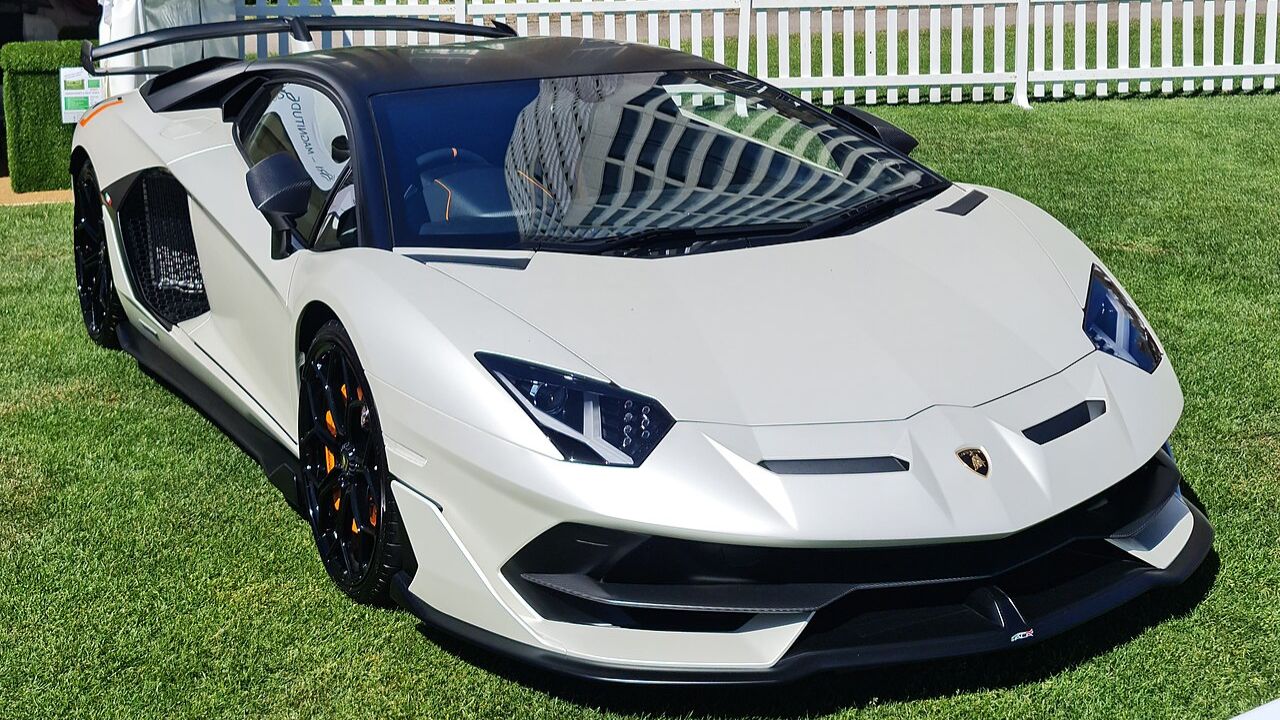
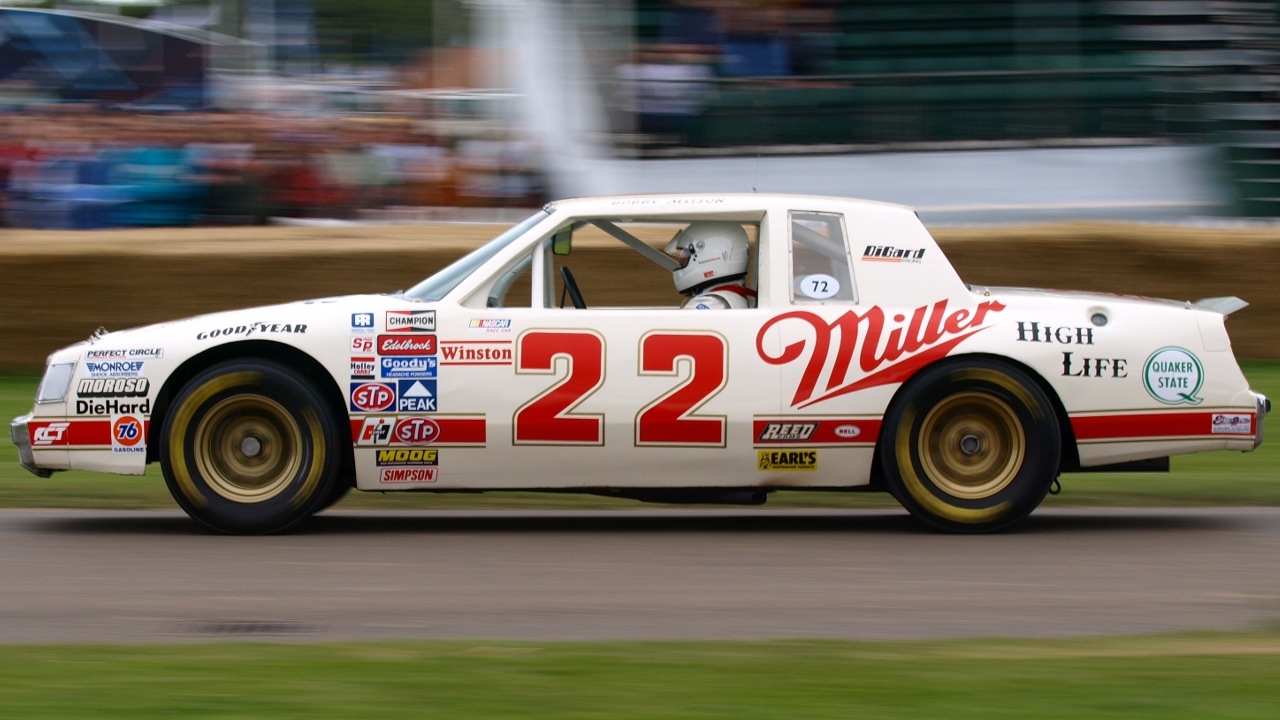
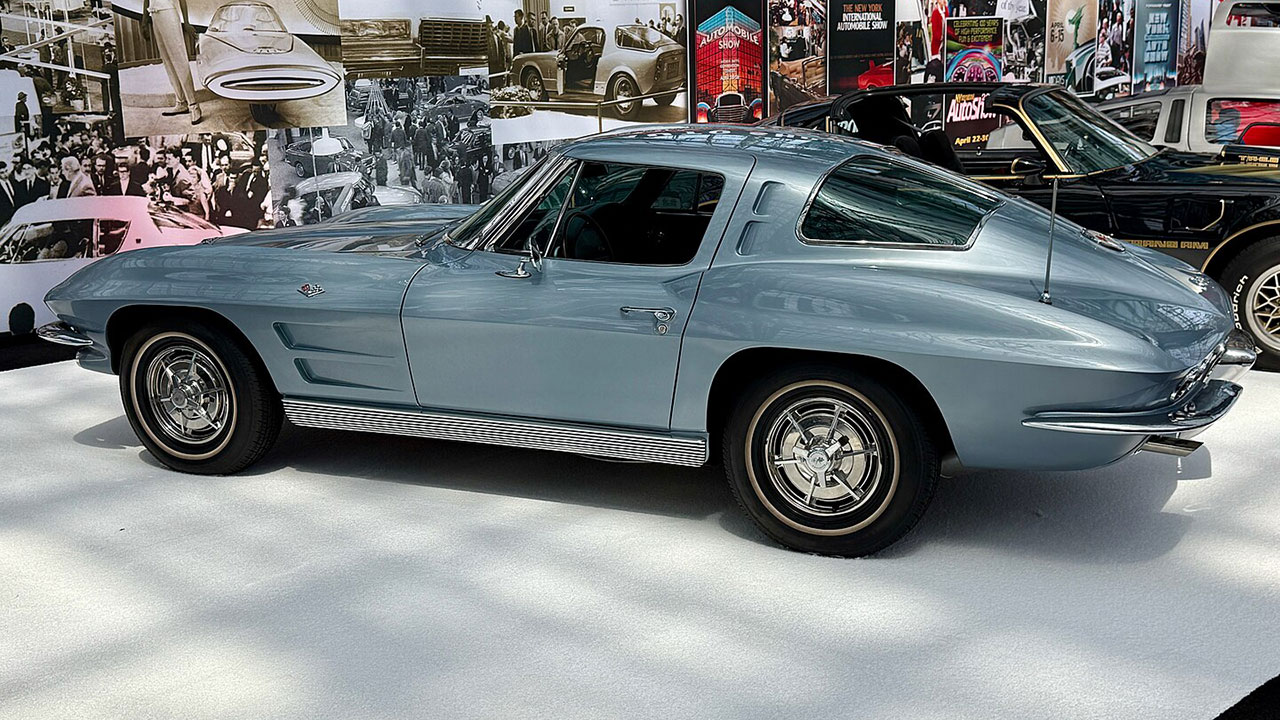
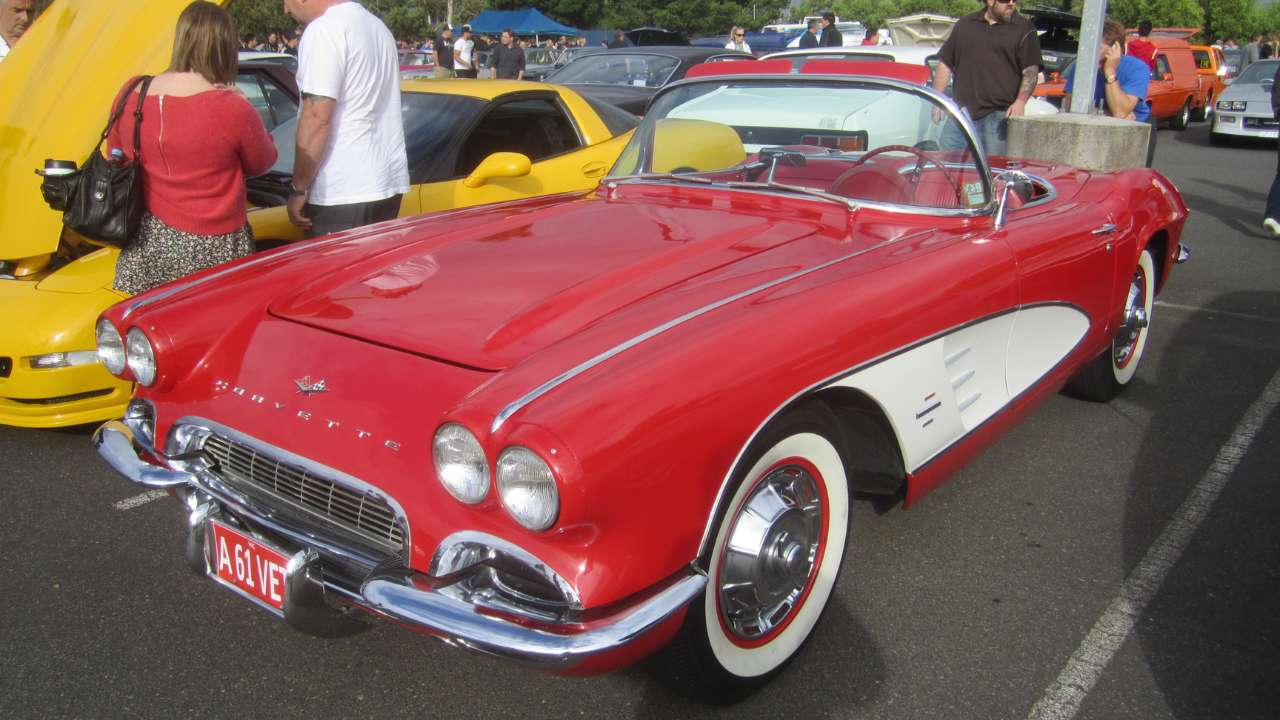
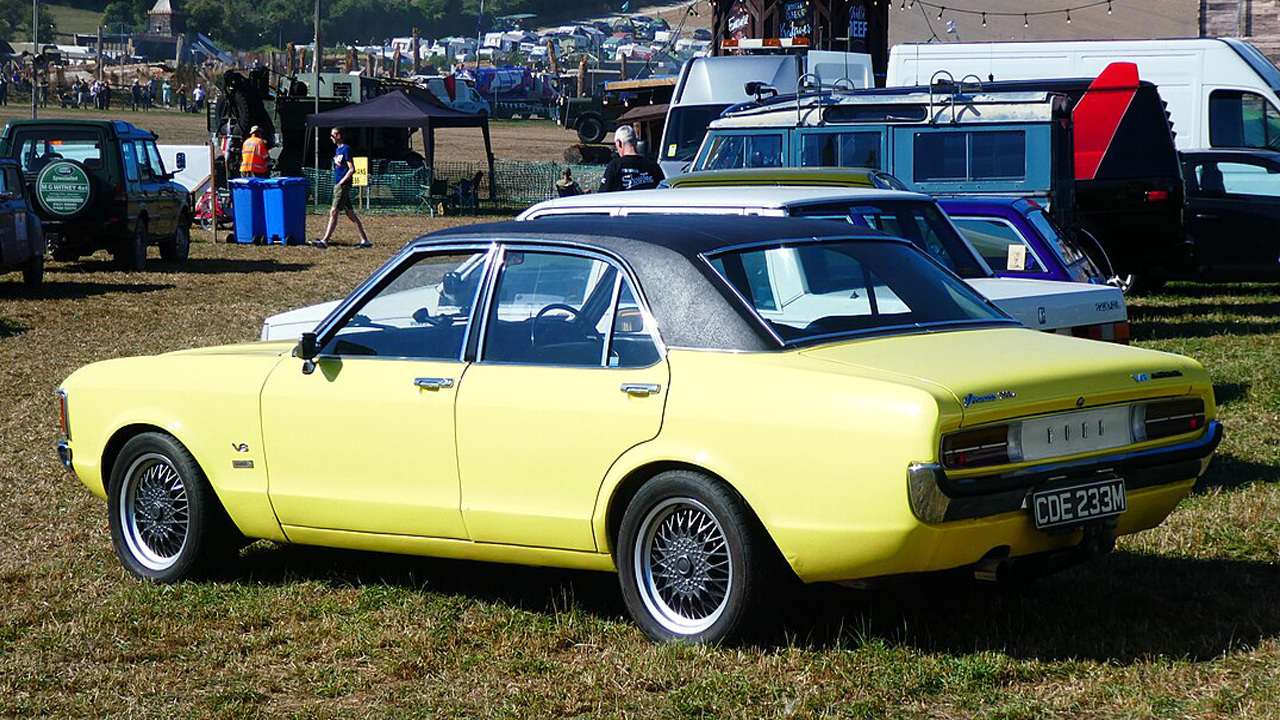
Leave a Reply